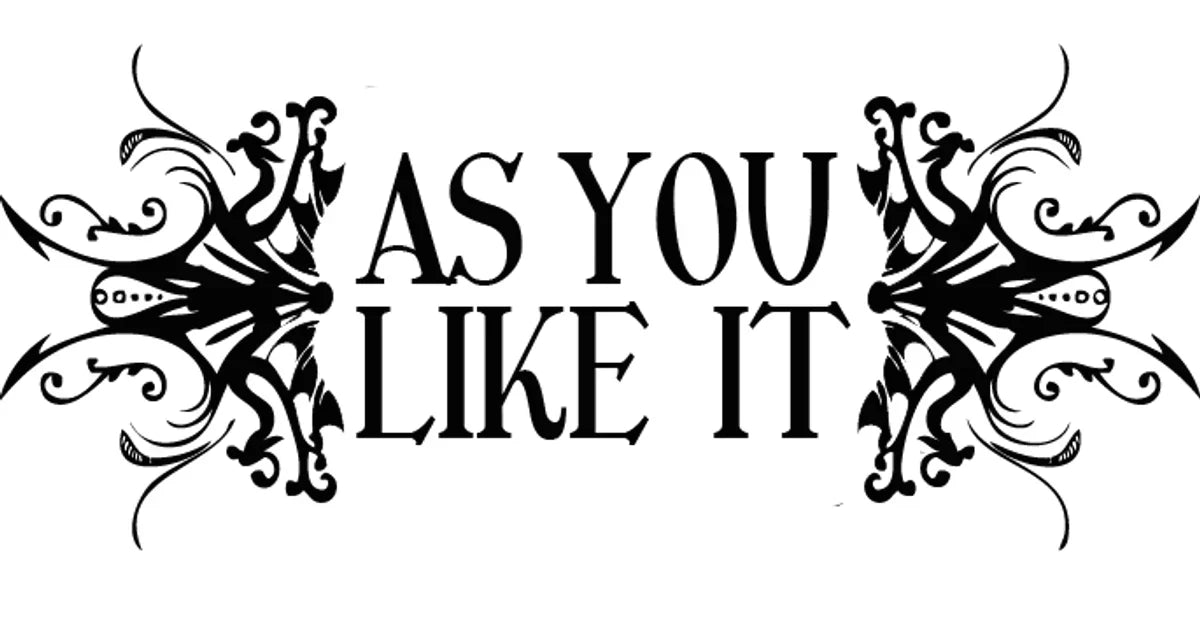In today's world, the word "gaff" is most commonly associated with a garment designed to help individuals tuck, creating a smooth, flat silhouette in the genital area. While the term itself is relatively new, the concept of altering the body’s appearance for gender affirmation, performance, or fashion has been woven throughout history. To understand the gaff is to understand a long legacy of identity, artistry, and transformation — much of which remained undocumented, hidden, or whispered within community knowledge.
Theatrical Roots and Ancient Illusions
Centuries before the word "gaff" was ever spoken in this context, tucking — or at least concealing the shape of the body — was likely a quiet companion to the stage.
In Ancient Greece and Rome, theater was the epicenter of performance culture, and all actors were men. When portraying female roles, these performers were costumed head to toe. While we don’t have written evidence of tucking, the desire to present a convincingly feminine form likely led to creative concealment techniques.
Fast-forward to Elizabethan England, where male actors also played female roles in highly gendered costumes. Modesty and presentation were key, possibly encouraging the use of body-masking methods.
In 17th-century Japan, male kabuki actors known as onnagata specialized in female roles, training meticulously to achieve feminine movement and silhouette. Though undocumented, these traditions hint at the presence of early tucking practices.
Drag, Performance, and the DIY Gaff
By the mid-20th century, underground drag scenes in cities like New York and Paris blossomed. Femme illusion became a celebrated artform — and one that required intimate knowledge of the body.
Early tucking methods emerged in these spaces: medical tape, stockings, and pantyhose transformed into ad-hoc garments. The gaff, though unnamed, was born through necessity and creativity.
These early DIY solutions were practical and secretive, passed down through conversation and backstage mentorship. They were often painful and imperfect, but they worked.
Ballroom Realness and the Rise of the Term "Gaff"
The 1980s and 1990s ballroom scene, built by Black and Latinx LGBTQ+ communities, embraced tucking as part of achieving "realness", to have successfully portrayed a certain persona or gender stereotype. To "pass" as their persona with their unclockable presentation was a kind of victory, an affirmation. In these circles, tucking was essential, and the need for better, safer, and more reliable tools became clear.
This is likely where the term "gaff" started to circulate. While its precise origin is murky, it may have drawn from older slang: in British English, a “gaff” could mean a performance venue, a ruse, or a tool — all fitting metaphors for a garment that helps transform appearance with stealth and finesse.
Legacy and Transformation
Early gaffs were crafted from cut-up pantyhose or reinforced thongs. They were functional, hidden tools and became vital to performance, presentation, and gender affirmation. These creations became trusted companions to queens, femmes, and trans women alike.
Though gaffs are now available in custom fabrics and intentional designs, their history is deeply personal. They represent generations of trial, error, and ingenuity — efforts made in bedrooms, basements, and behind velvet curtains.
They speak to a universal desire: to be seen and affirmed.
Honoring the Legacy
At Floruisse we design gaffs with the hope of honoring the legacy behind them. Every stitch pays homage to those who crafted their own path to authenticity, with resourcefulness, creativity, and quiet courage.








